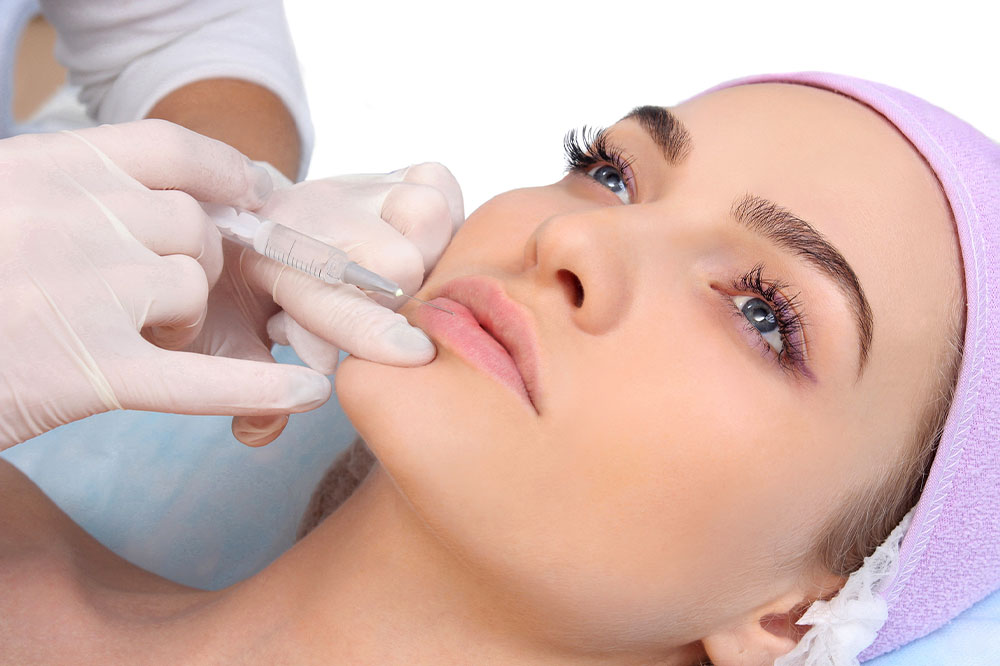
Financing Tips for Plastic Surgery
Plastic surgery is expensive and, most times, not covered under insurance. So an important aspect to understand is its cost. Plastic surgery expenses are not the same everywhere. They depend on the type of surgery, location, and surgeon’s experience. Finding and estimating plastic surgery expenses can be a chore. So we have listed below the approximate cost of popular plastic surgeries and some crucial factors to consider.
1. Approximate cost
Lip implants are the cheapest of the lot at $2500 approximately. Next are labiaplasty at $4200, otoplasty at $4300, and chin augmentation at $4900. Eyelid plastic surgery is tagged at $4700, liposuction at $6000, gynecomastia at $5600, and rhinoplasty at approximately $7500. The average cost of a breast augmentation surgery costs $6500, while breast reduction and breast lift cost $7200. Plastic surgery expenses of an arm lift and brow lift are about $7300. Add another $1000-1500 more for a neck lift and thigh lift. A tummy tuck surgery is priced at an average of $8200. The most expensive surgeries are the facelift at about $12000 and body lift at $15000 plus. These expenses may not include surgeon fees, material costs (implants), operating room costs, and anesthesia-related costs. Follow-up appointments also add to the additional expenses.
2. Factors to consider
It is important to note that the outcome of plastic surgeries may not be reversible. You will have to live with the outcome permanently. Hence, while opting for this surgery, pick an experienced, extensively trained, and trusted surgeon. Check their certificate by the American Board of Plastic Surgery and make an informed decision. Never choose a surgeon just because of the low price. Make sure the surgery is done in a credentialed operating room. Select a doctor who uses good quality products for the surgeries. Read the entire quoted document to make sure there are no hidden charges. Talk to your surgeon about handling complications that may arise post-surgery. Find out if they will perform a “repair” procedure in case of unexpected circumstances.
3. Financing options
Plastic surgery is referred to as “elective surgery” and is not covered by many insurance providers, as mentioned above. However, certain surgeries have a functional aspect that may be necessary to perform. For instance, if droopy eyelids affect the vision or rhinoplasty also corrects breathing problems, the insurance provider may pay for hospital and anesthesia fees. In such cases, individuals will only have to pay for the plastic surgeon’s fees. If one wishes to undergo multiple surgeries as a part of a comprehensive treatment plan, surgeons may offer a good discount. Apart from credit cards or loans from a bank, several private financial institutions offer assistance to pay for plastic surgeries. Sometimes, surgeons or hospitals also provide in-house financing options or monthly payment plans.


